We quickly arrived in our last country on this trip for the time being: Uruguay! Our shipment from the port of Montevideo, the capital of Uruguay, is due soon. This means we won’t be able to visit the whole of Uruguay. However, it is enough for a leisurely tour along the coast of Uruguay lasting several days. From Brazil, we take the rather small border crossing at Chuy and are directly on the Atlantic coast. Chuy itself is exciting for a border town in South America: a double-lane avenue runs almost exactly through the middle of the town and the national border between Brazil and Uruguay is located in the green strip in the middle. This is not so unknown in Europe, but in South America we rarely see such an open border. When looking for insurance for Uruguay, we technically cross the border between the two countries several times to finally be able to turn into the street with the insurance agency.
Karumbé: Turtle sanctuary
In La Coronilla we visit Karumbé, a turtle sanctuary. On our trip we have already been able to discover several species of turtle in their natural habitat. However, in order to reduce the human impact on this species, a great deal of education is still needed, as well as rescue stations such as the Karumbé station. The turtles that are cared for here before being released back into the wild come from three main sources. We are surprised to learn that some of the specimens come from households where some protected turtle species are kept as pets. Then there are turtles that come from the illegal pet trade and are reintroduced to the wild at Karumbé. And finally, the volunteers also look after sea turtles stranded on land that need medical care.
We are happy to support such an aid project for nature; they do the best they can with the limited resources available to them. However, the water tanks for the individual turtles are already very small. Survivable yes, but not a feel-good paradise. Well, from the turtle’s point of view, after about 20 days, or longer, if necessary, the vastness of the sea or the open landscape is all the more tempting.
Punta del Diablo
Our coastal drive continues to Punta del Diablo. A devilish name for a small fishing village right by the sea. And we soon realize that we are not in Uruguay during the high season, which takes place between December and February. Most of the restaurants and beach bars are closed and barricaded, and the weather with heavy rain doesn’t help us feel at ease either. Well, only the waves are here all year round. If there were people here, it would be one of Uruguay’s surfing hotspots.
Rocha and La Paloma
Rocha is nothing special, just a larger town in the east of Uruguay. Here you can find all the administrative things that need to be done from time to time, such as major shopping and getting the antenna for the electronic toll. To stay true to our coastal tour, we drive to the beach to La Paloma. This place is also deserted in the low season. We slowly realize that Uruguay’s tourism really does run at full speed in exactly three months. Well then, it can be a bit quieter on our trip. Of course, it’s very easy to find the best free pitches right by the sea, which we have all to ourselves. Another advantage.
Punta del Este
We have now arrived in the foothills of Montevideo. Punta del Este is a seaside resort with miles of beaches and countless hotel complexes. Due to its proximity to Montevideo, there is a lot more going on here, there are probably enough Uruguayans who flee the city at the weekend and spend time by the sea in Punta del Este at the weekend. As a result, a lot of things are open here all year round and the city is a great place to spend some time in the cafés. However, we are caught on the wrong foot. We order something small for an afternoon snack, as we are used to doing on our trip. The only big difference is that Uruguay is quite a bit more expensive than the surrounding countries. Without having planned it, we pay over 60 US dollars for mediocre food and drinks. So, in Uruguay it’s worth taking a closer look at the prices again – lesson learned.
Montevideo
The capital of Uruguay is an experience in itself. We need to explain a little more. Uruguay is also known as the Switzerland of South America. Many procedures here are carried out with the usual waiting time but are otherwise well coordinated and smooth. At least that’s the impression we get of Uruguay. On the whole, the country is very tidy, orderly and clean. On our journey here, we saw more well-kept front gardens than anywhere else in South America over the hundreds of kilometers in Uruguay. Definitely a plus point for Uruguay. But now to Montevideo: The city has a tremendous number of homeless people, certain neighborhoods are so dilapidated that it looks more like a ghetto than a city district. Therefore, it’s very bleak. There are one or two historical buildings, but otherwise Montevideo is not a must-see from our point of view. Well, the main reason we are in Uruguay is because we are dependent on the port of Montevideo to ship our campervan Ben back to Europe.
Colonia del Sacramento
Finally, there is one more highlight in Uruguay: Colonia del Sacramento, or simply Colonia for short. The historic old town is even listed as a UNESCO World Heritage Site. Colonia definitely deserves this status. With its narrow alleyways, low buildings and house numbers on tiles, Colonia reminds us of Spanish or Portuguese old town centers. Really beautiful. We take a leisurely stroll through the alleyways along the coast. But wait, it’s no longer the Atlantic coast! The Rio de la Plata is so wide here, around 40-50 km, that the scenery looks like a seashore, but it is actually a riverbank. Due to heavy rainfall far inland, the water is also brown in color, unlike the ocean. But apart from that, Colonia invites you to linger and enjoy. A café with cake or rather an upscale restaurant or something more down-to-earth in between? Everything is available in Colonia. We like to stay for several days before we set off to ship our campervan Ben back to Europe.
Bye bye Uruguay – a camper trip is coming to an end!
And so comes an unusual moment, but one that happens on every trip. The end is near. But only the end of the South America trip with our campervan Ben! We meticulously clear everything out, thoroughly clean the whole van inside and out and stow all our things in the boxes ready for shipping. The last few kilometers back to the port in Montevideo feel really strange. The last time to chat in Spanish with the gas station attendant, the last time to pay the toll, the last time to spend time in our familiar home before the return shipment. Now we have to rely on public transportation again, no more luxury of our own car for short trips from here to there. And we also have to book hotels again for the next few nights. We miss our campervan Ben immensely from the very first booking. But we still have about four weeks left in Latin America. We are now focusing on enjoying this remaining time!
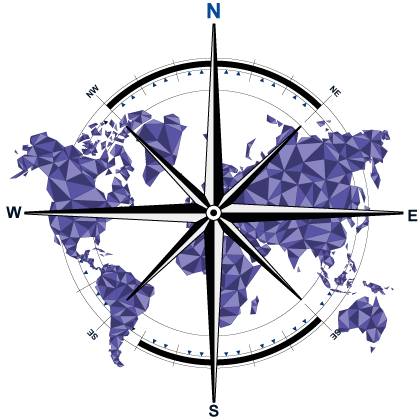
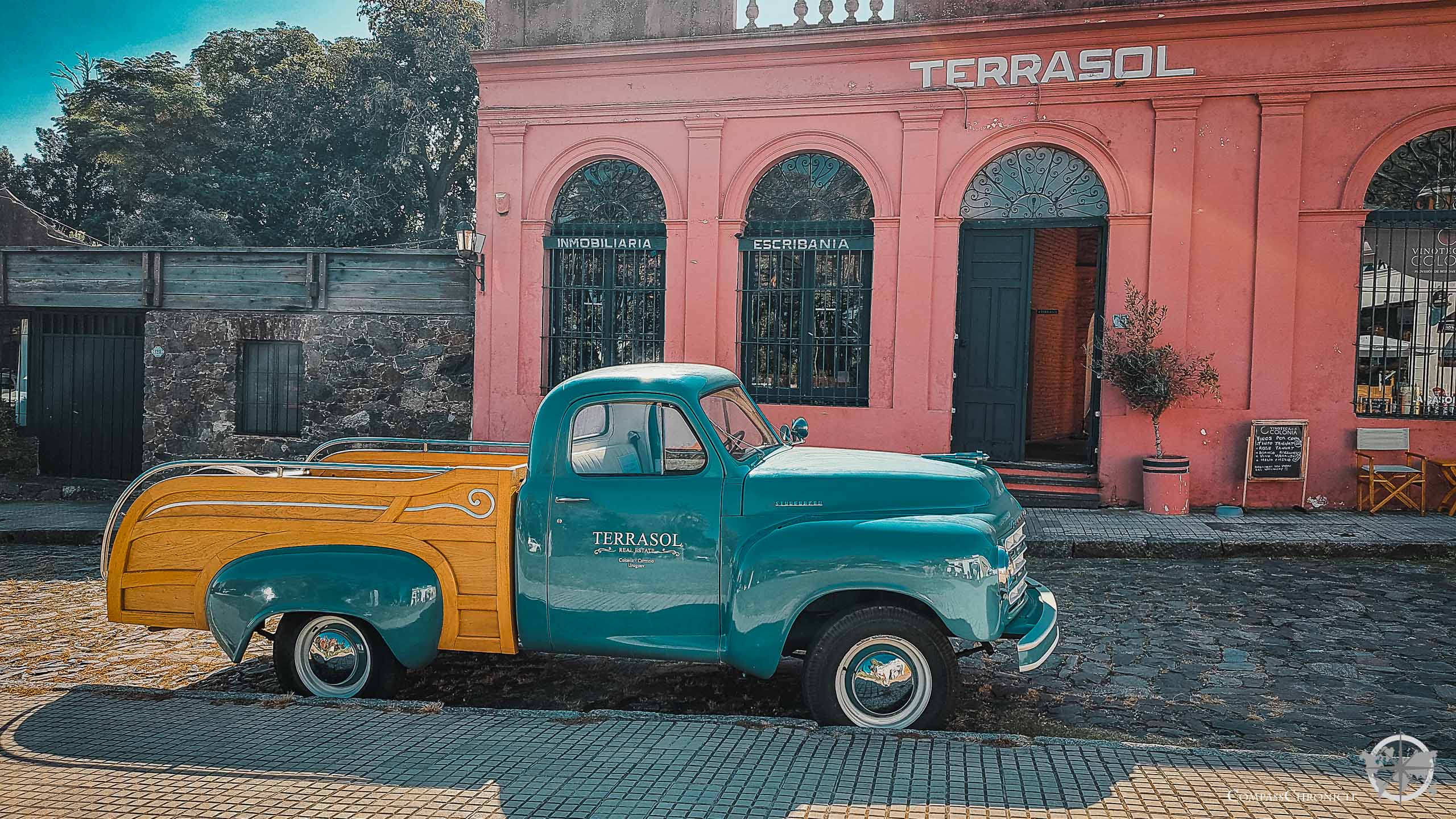
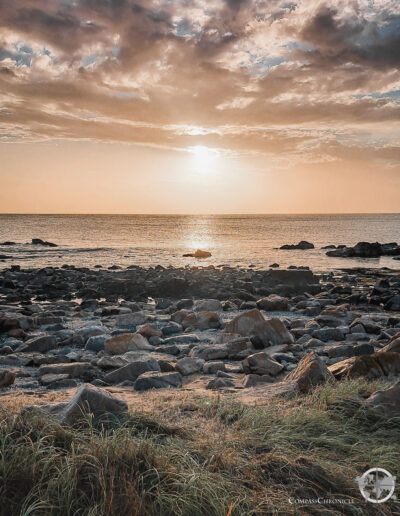
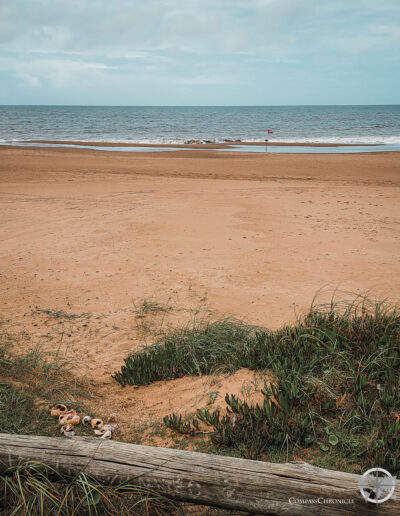
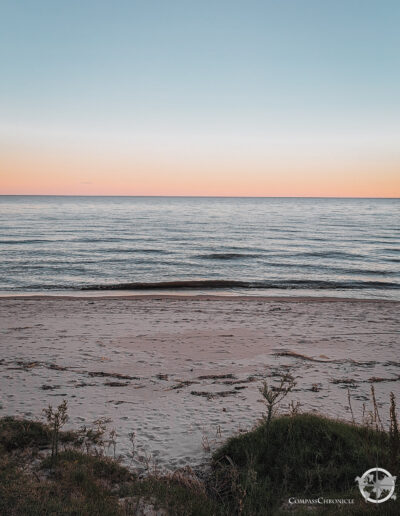
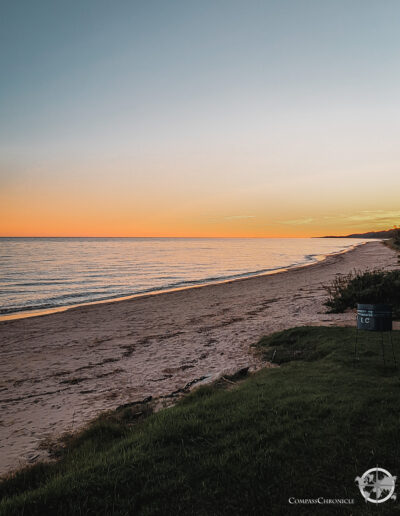
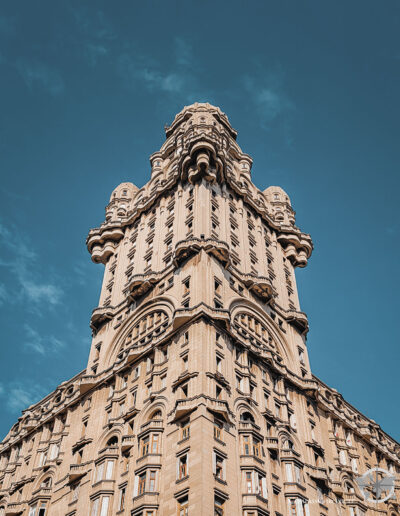
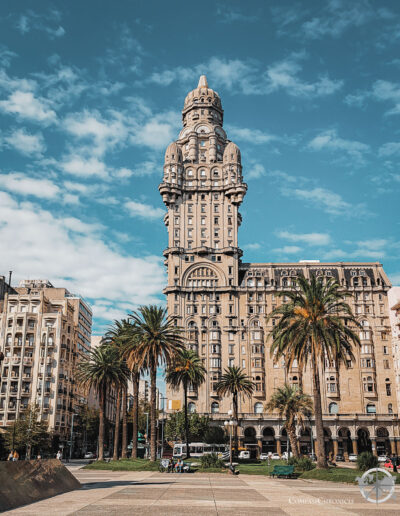
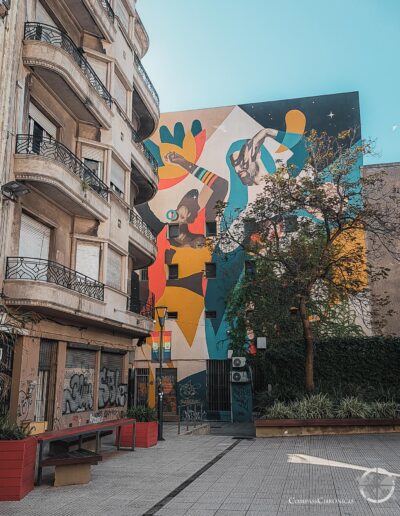

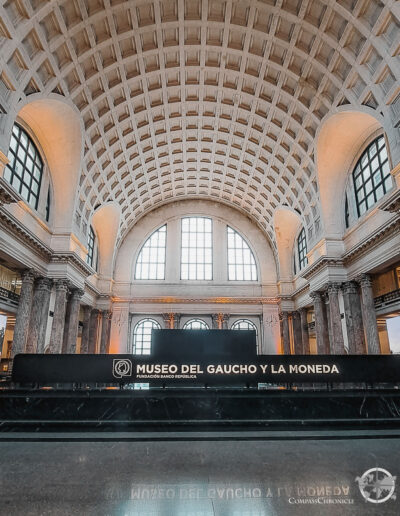
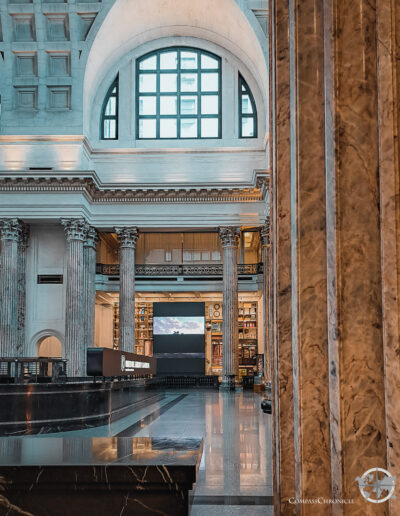

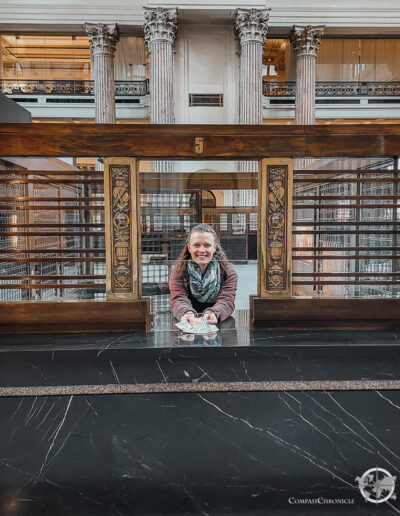
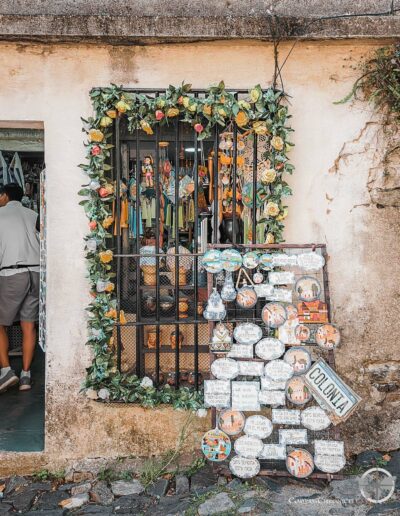
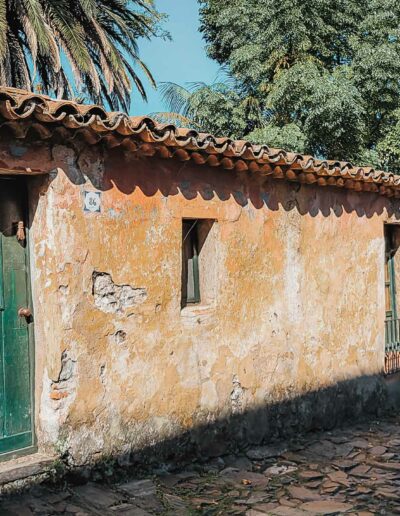
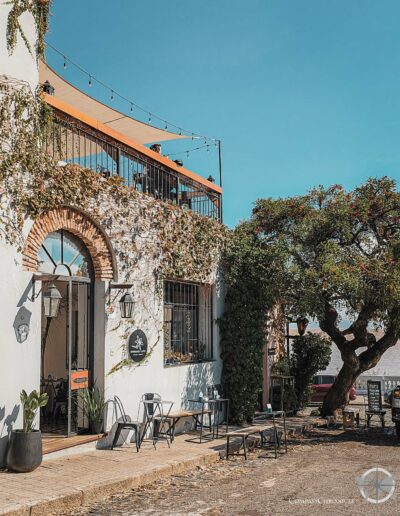
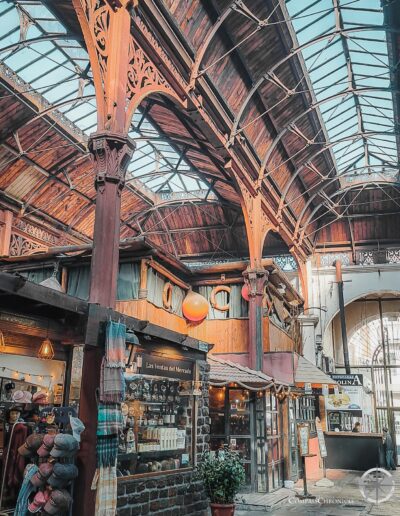
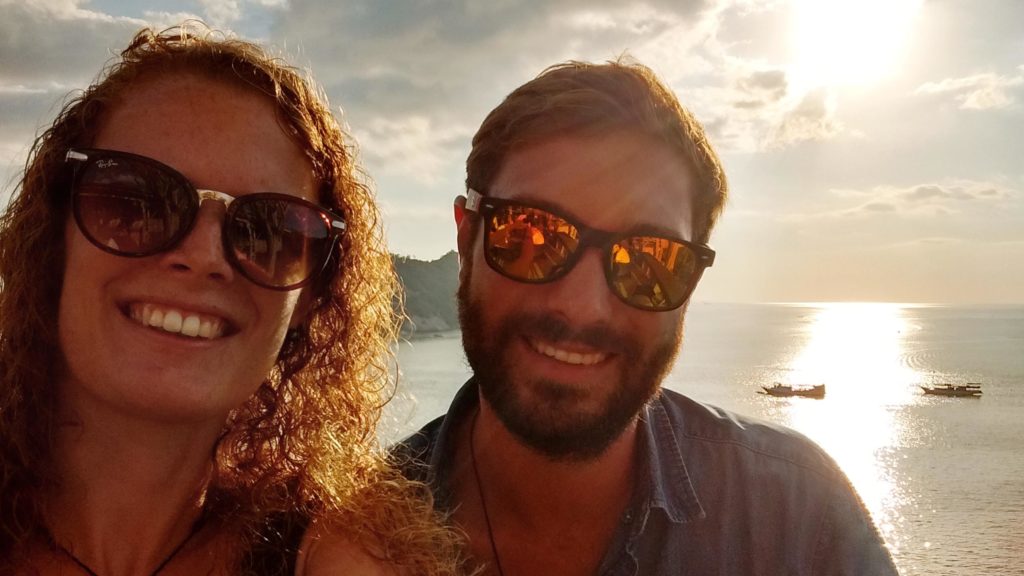
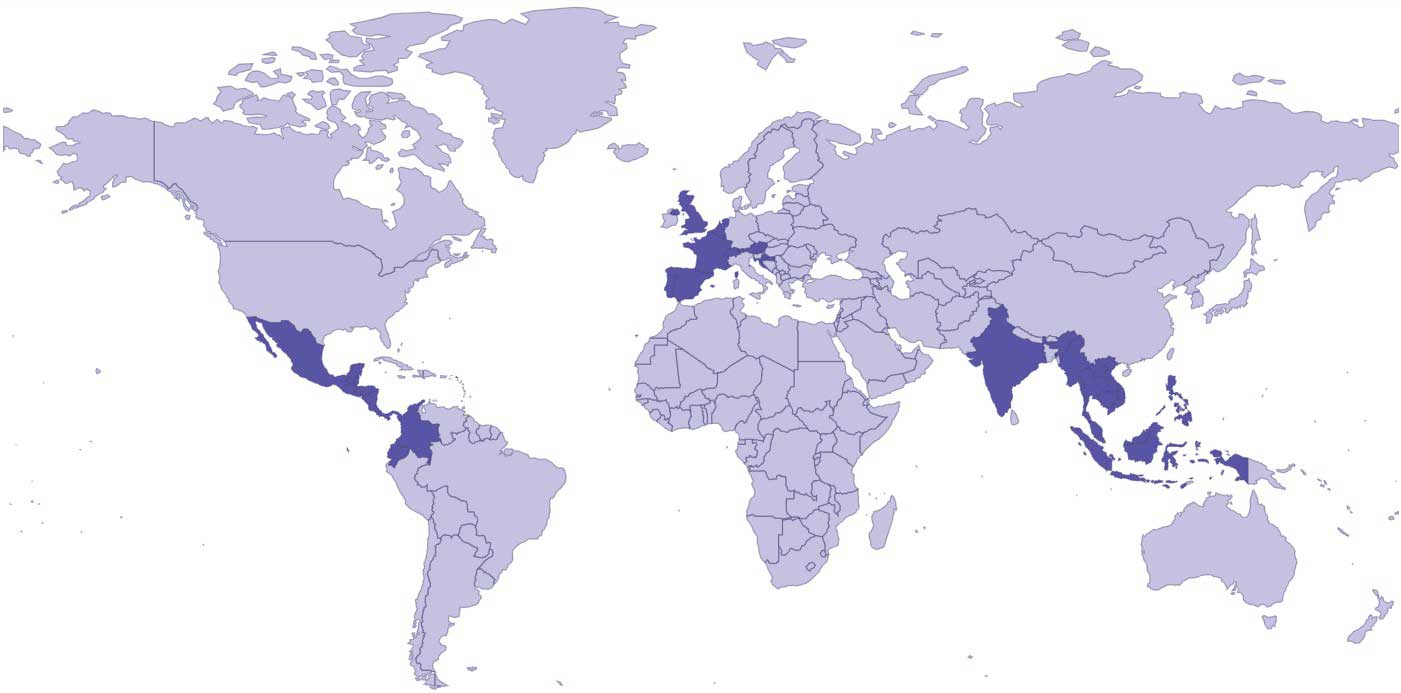
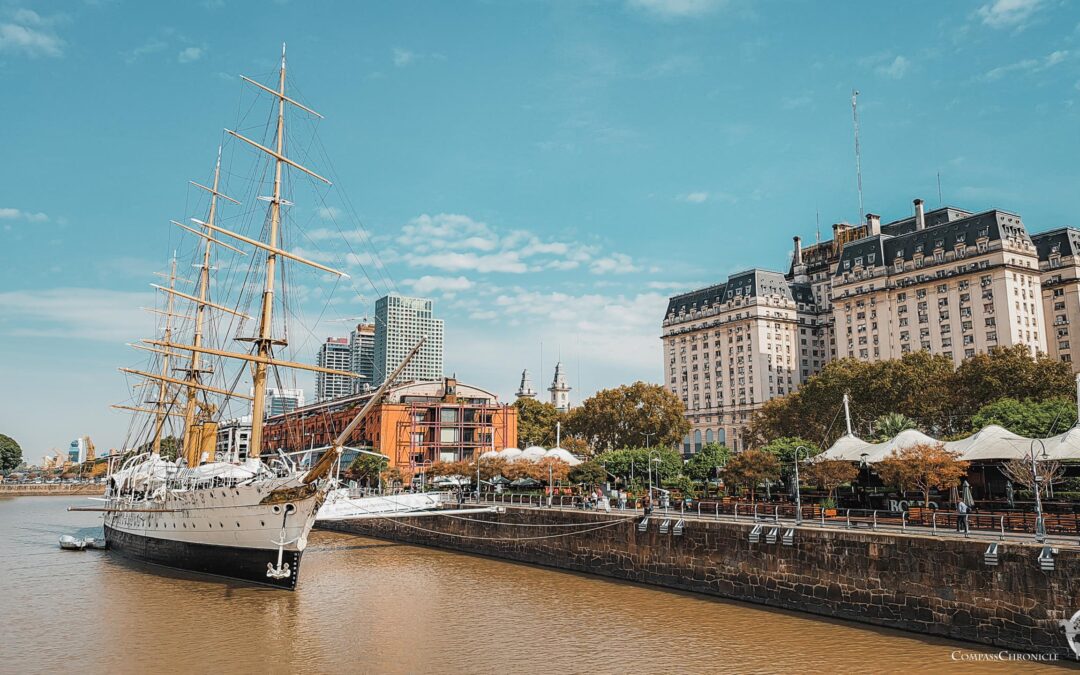
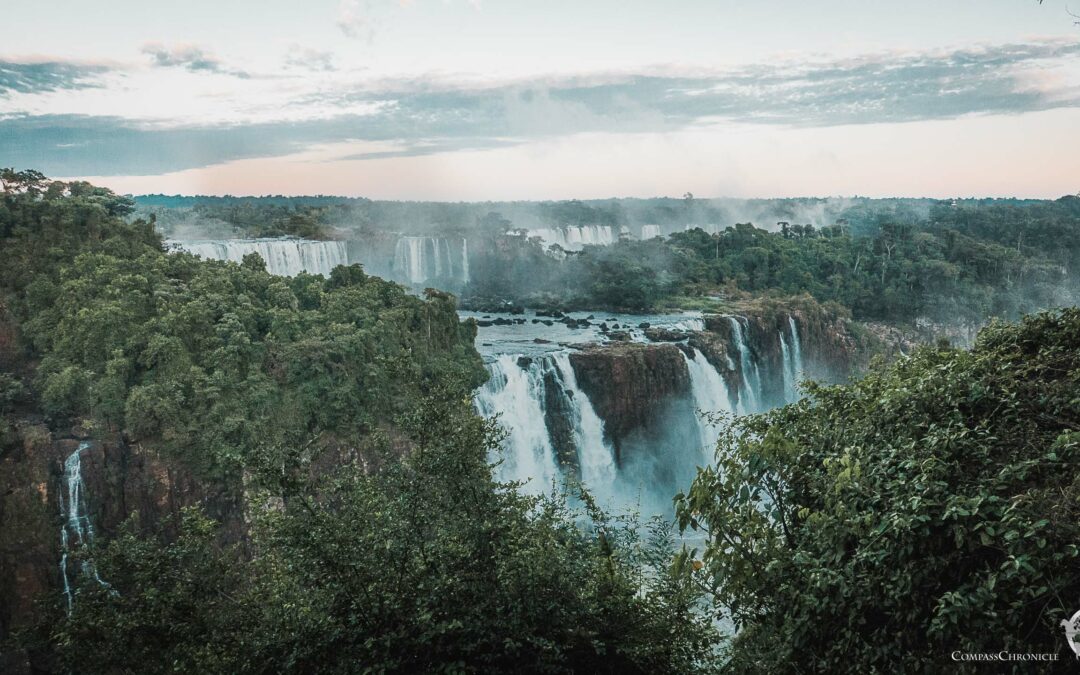

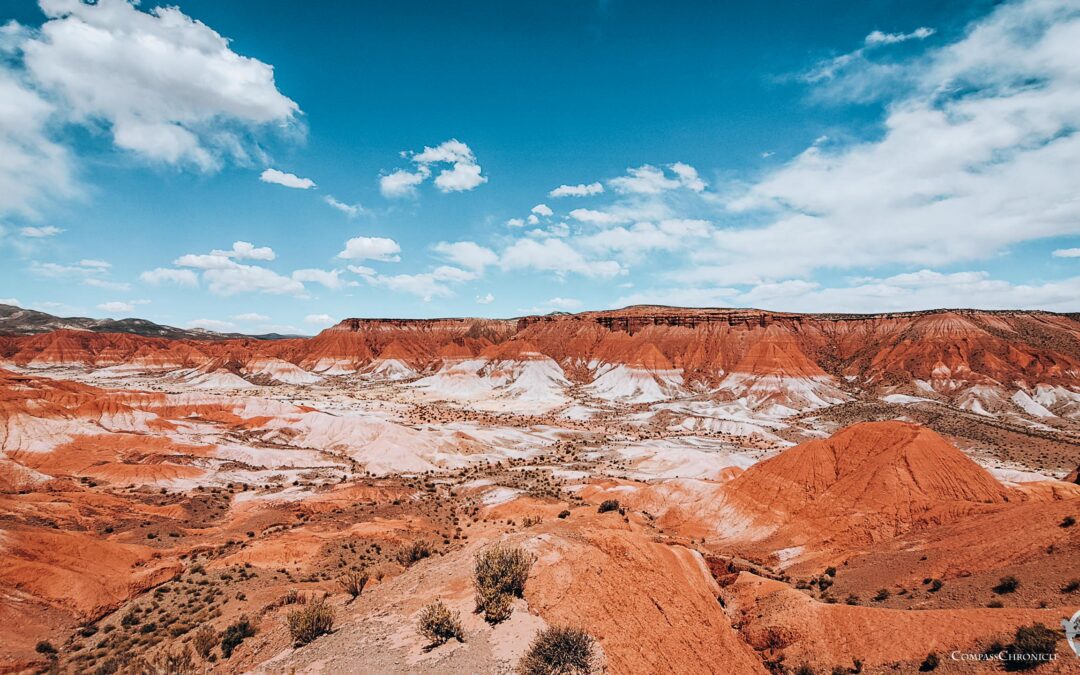
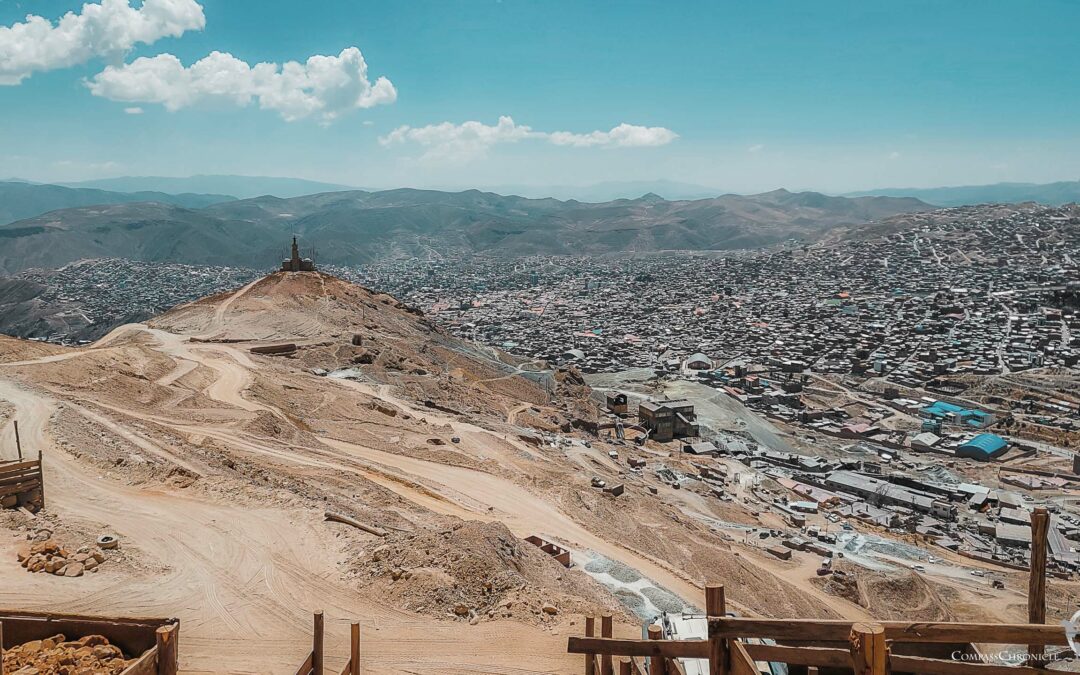
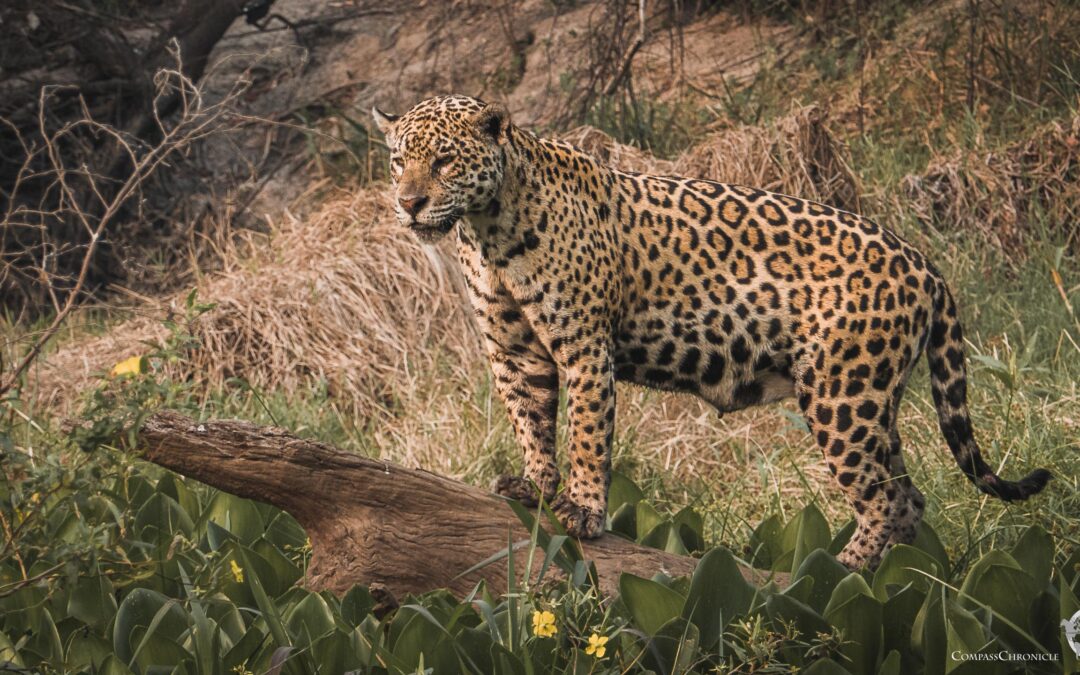
0 Comments